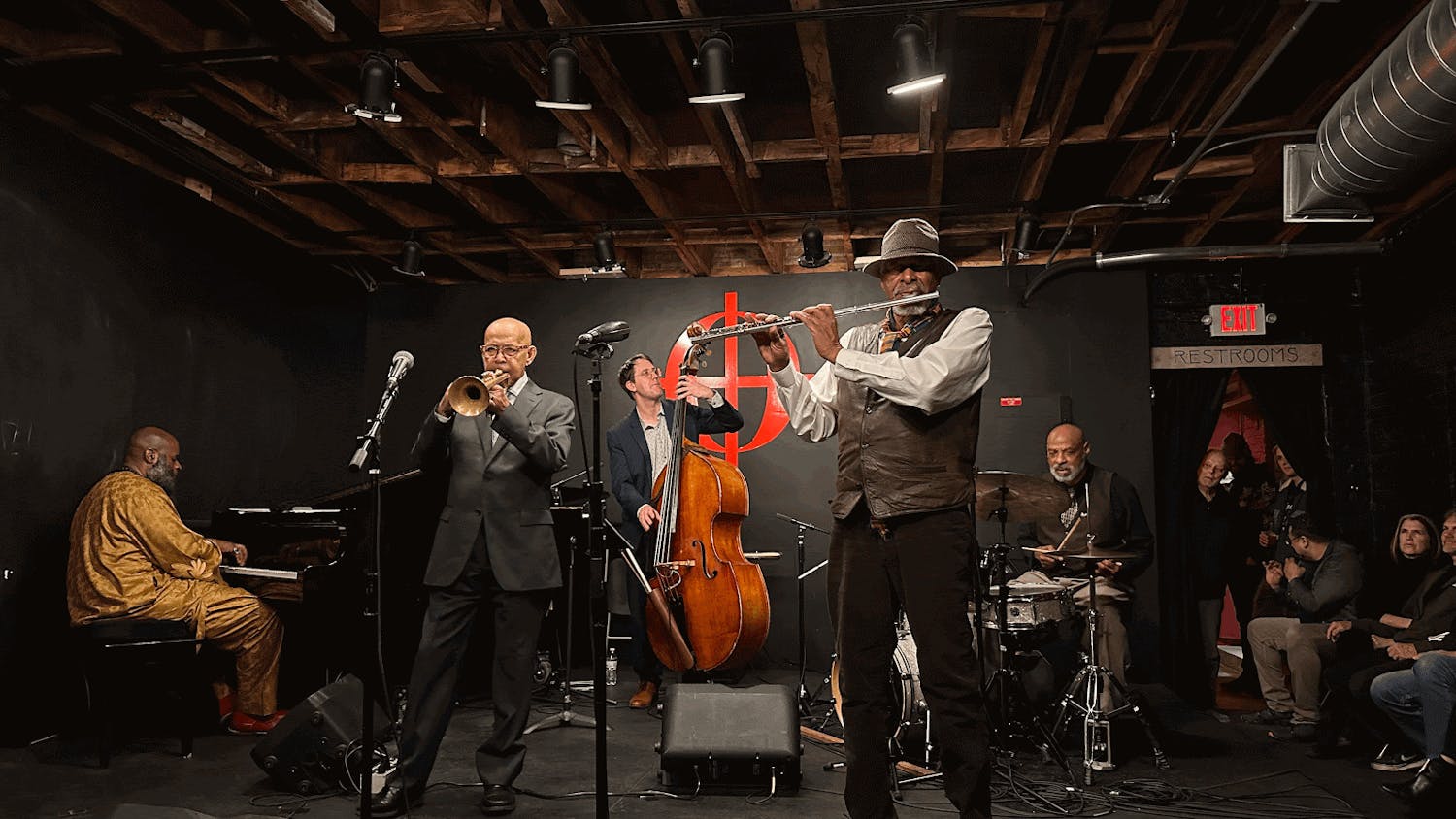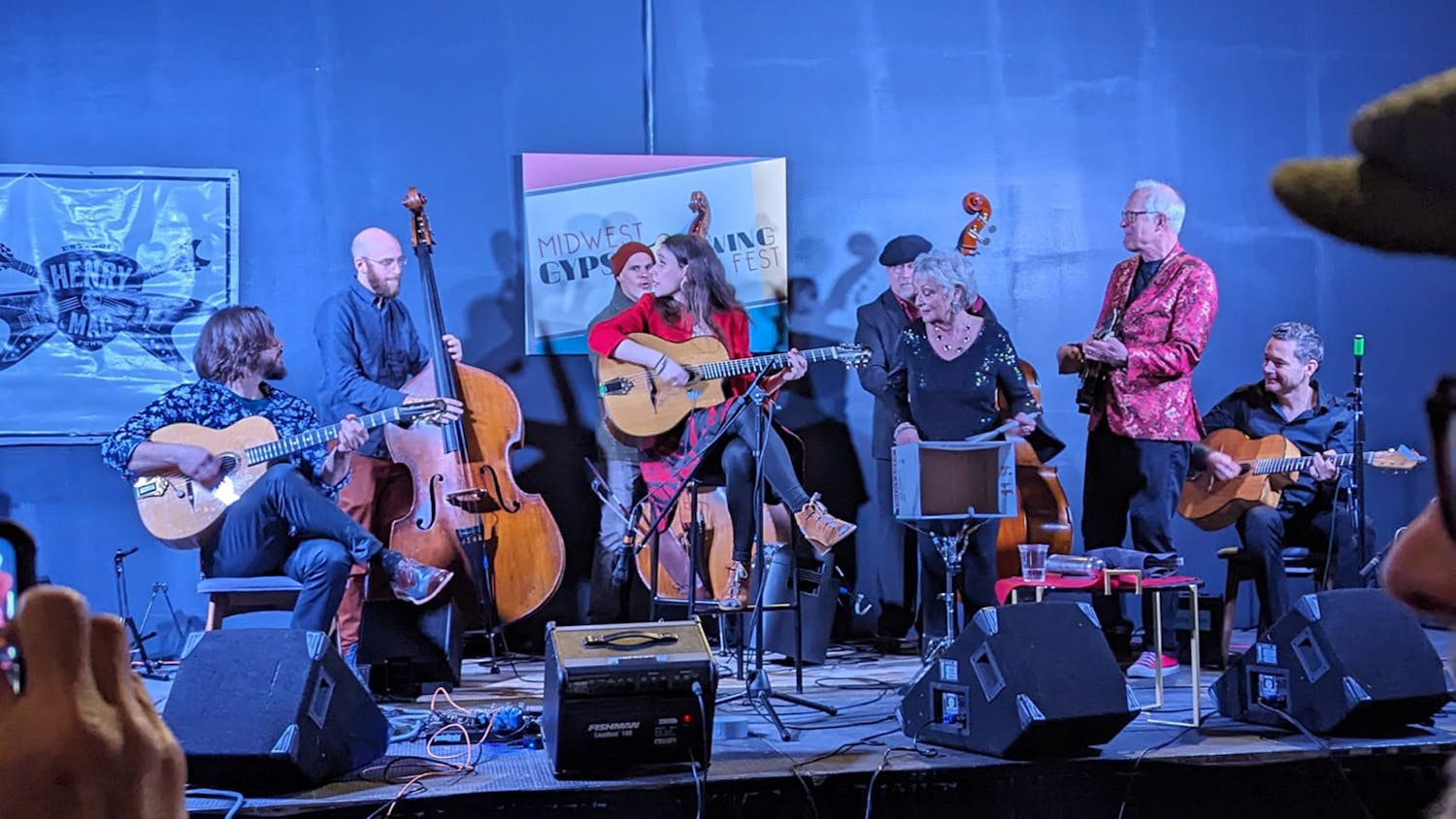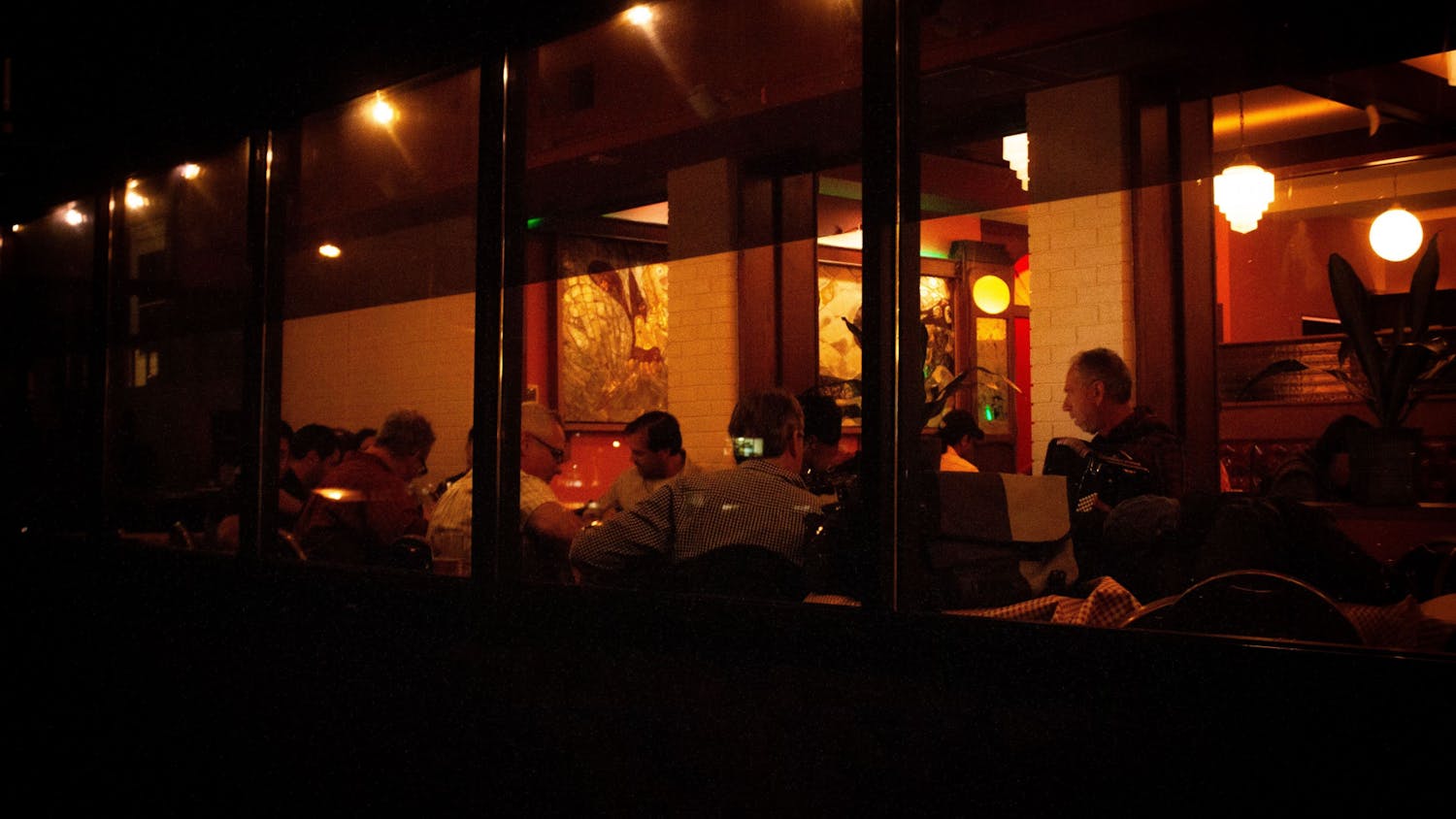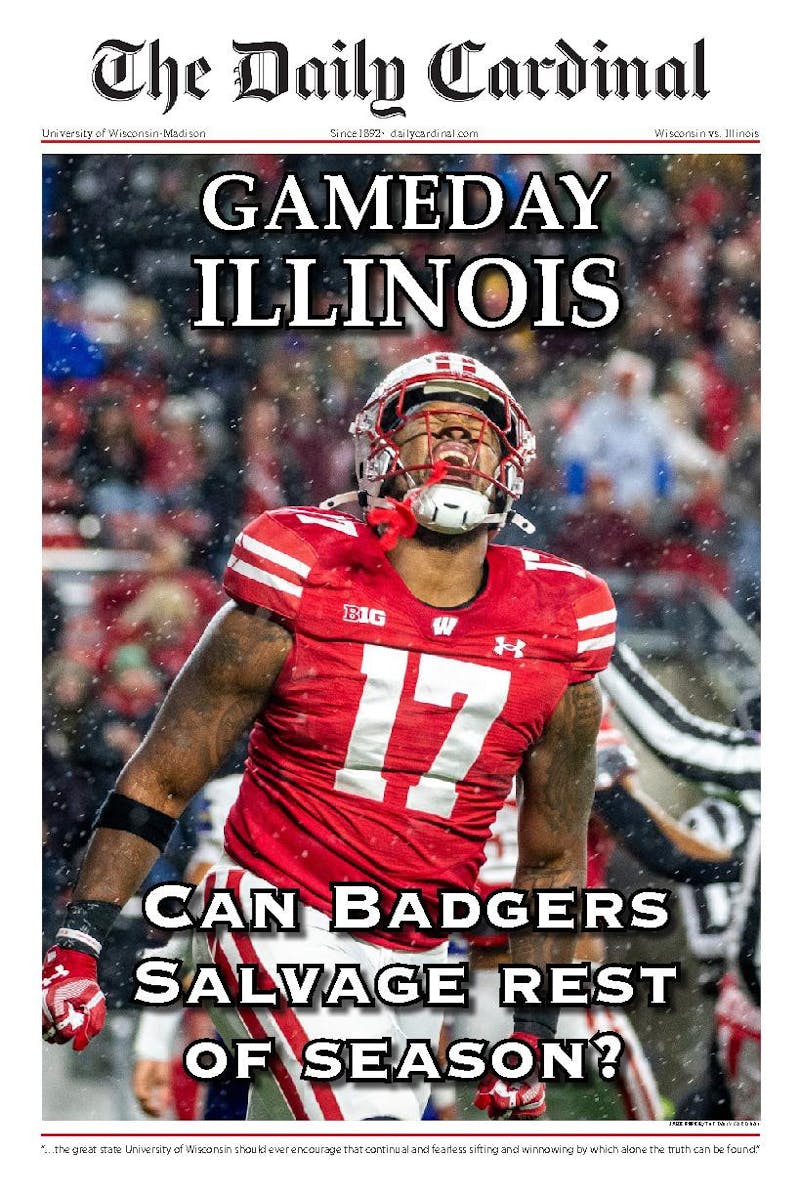Depending upon whom you talk to, jazz is either dead or having a major renaissance. In my eyes, both opinions would be correct.
No jazz musician under the age of 50 has won the Grammy award for Best Jazz Instrumental Album since 2001, and it hasn’t been since the ’80s that someone not named Marsalis won the award when they were under 50. So in that sense, jazz doesn’t quite have the grip it used to.
Yet at the same time, jazz is going through a complete rebirth. Robert Glasper, a jazz pianist, won a Grammy this past year (albeit for Best R&B Album). Esperanza Spalding, a jazz bassist, won Best New Artist in 2011—marking the first time a jazz artist has ever won the prestigious award, beating out high profile acts like Drake, Florence + The Machine, Justin Bieber and Mumford & Sons.
Furthermore, artists such as Vijay Iyer and Hiromi—while never really crossing over into audiences outside of their tight jazz circles—have risen to become some of the brightest stars in their scenes.
But that’s not really what we’re here to talk about. The issue at hand is jazz as your grandparents and your parents knew it is fading faster and faster out of mainstream culture, while at the same time, jazz elements are sneaking into mainstream or near-mainstream music every day.
Take Glasper’s unbelievable album, Black Radio. The album—which, as previously mentioned, won Best R&B Album at this past year’s Grammy Awards—is not a straight R&B album in the slightest. The album features songs like “Afro Blue,” an old jazz standard made popular by John Coltrane. At the same time, Glasper also covered Sade, David Bowie and Nirvana on the album, melding jazz and more popular sects of contemporary music.
Black Radio is a jazz album turned on its head with collaborations from Lupe Fiasco, Erykah Badu, Lalah Hathaway, Yasiin Bey (formerly known as Mos Def) and Meshell Ndegeocello. That guest list alone runs the gamut from true R&B to hip-hop to jazz.
But jazz isn’t just moving in a more hip-hop direction—it’s also leaking into folk and mainstream rock music.
In 2005, accomplished jazz guitarist Nels Cline joined Wilco, arguably one of the most popular American rock bands of the 21st century. The group went on to experience a period of growth. Their live shows improved ten-fold with Cline’s phenomenal solos accenting songs such as “Impossible Germany,” and his jazzy experimental song-writing influence was felt on tracks like “Art of Almost.”
To go even further, jazz and the jam band genre are also tied to the hip. With improvisation being such a large piece of both genres, the combination makes sense; however, it is only recently that the two have really become close.
Medeski Martin & Wood are an indescribable trio that fit into both the jazz and the jam band worlds. Their advanced use of melody and rhythm combines with a penchant to extend songs well past their album lengths. A willingness to collaborate with anyone (jazz or otherwise) has made them a fixture of the jam scene.
The Grateful Dead drew from a lot of places, particularly folk, early rock, Americana and even disco (in the case of the Shakedown Street-era). Unfortunately, jazz rarely entered their collective lexicon other than the Dead’s flare for improvising.
This past summer, however, I had a chance to see Phil Lesh, the bassist for the Dead, and a collection of his “friends,” aptly dubbed “Phil Lesh & Friends.” His cohorts consisted of Joe Russo, a highly accomplished jazz drummer, John Medeski, the keys player for Medeski, Martin and Wood and John Scofield, one of the best jazz guitarists ever, who has played with everyone from Miles Davis to Billy Cobham.
At the end of the day, bop and swing may be slipping into oblivion; however, jazz is permeating its way into other walks of music. While jazz purists may scoff at this, I would argue that this expansion into popular culture is refreshing in light of a world of button-mashers and knob-turners taking over the Billboard 200.





